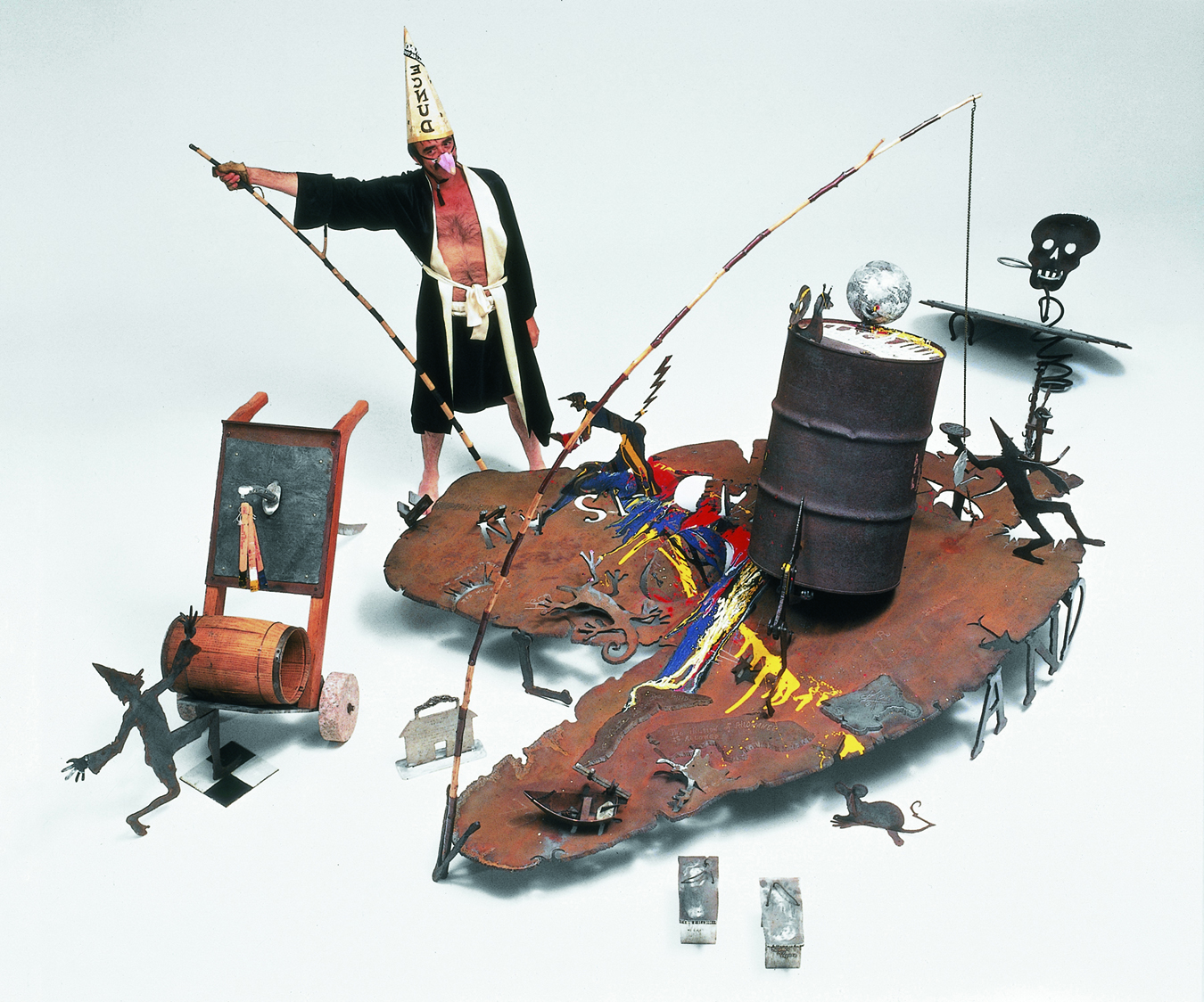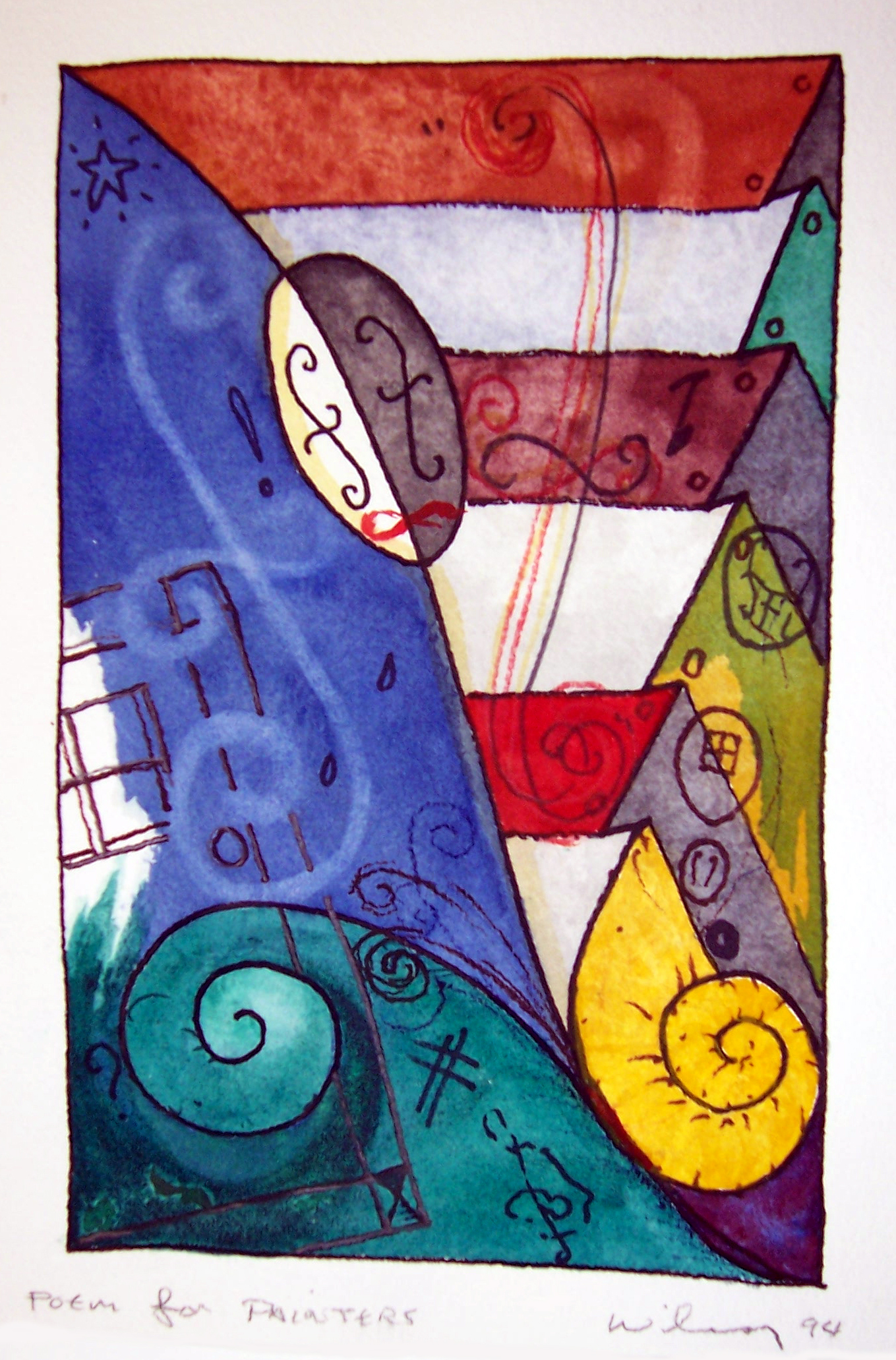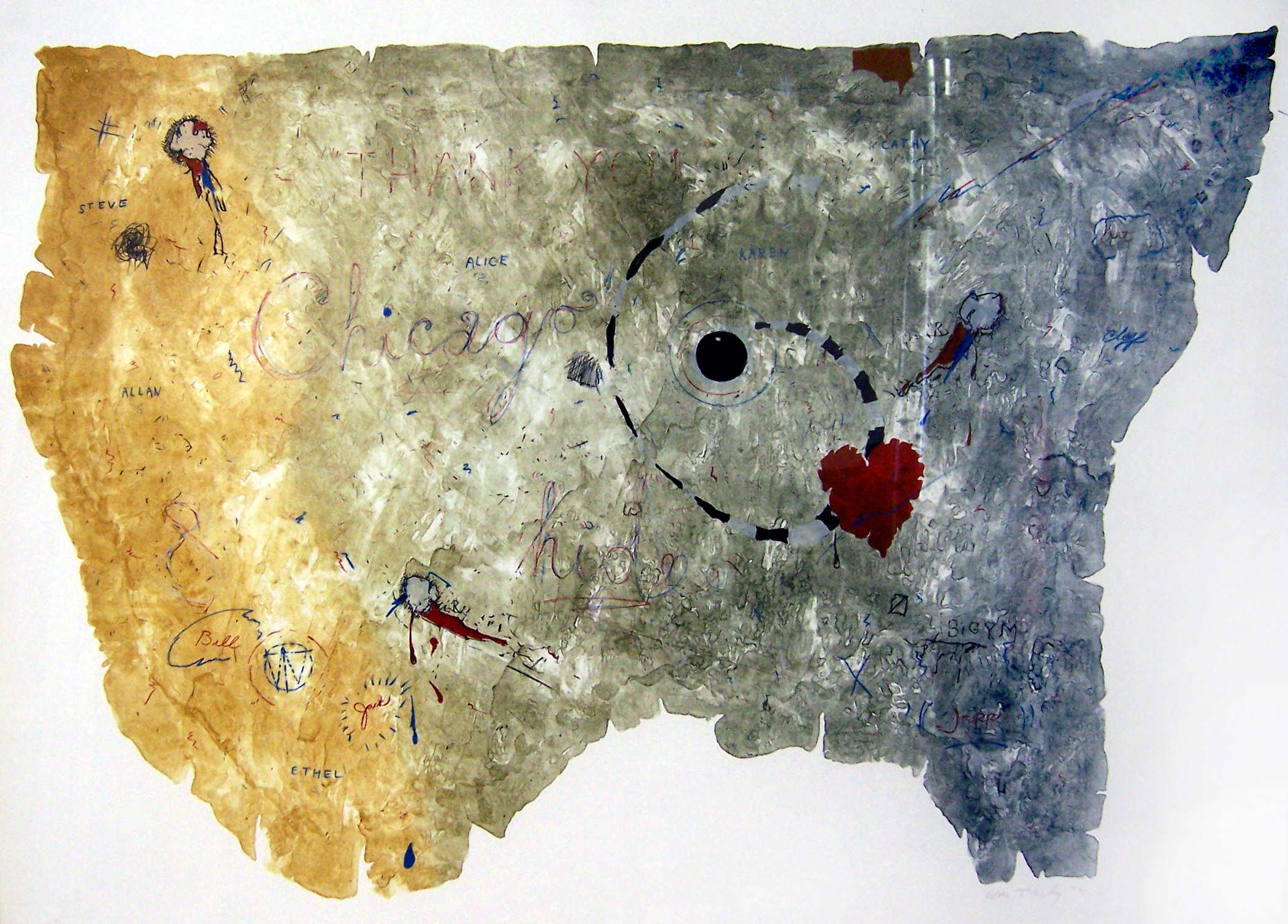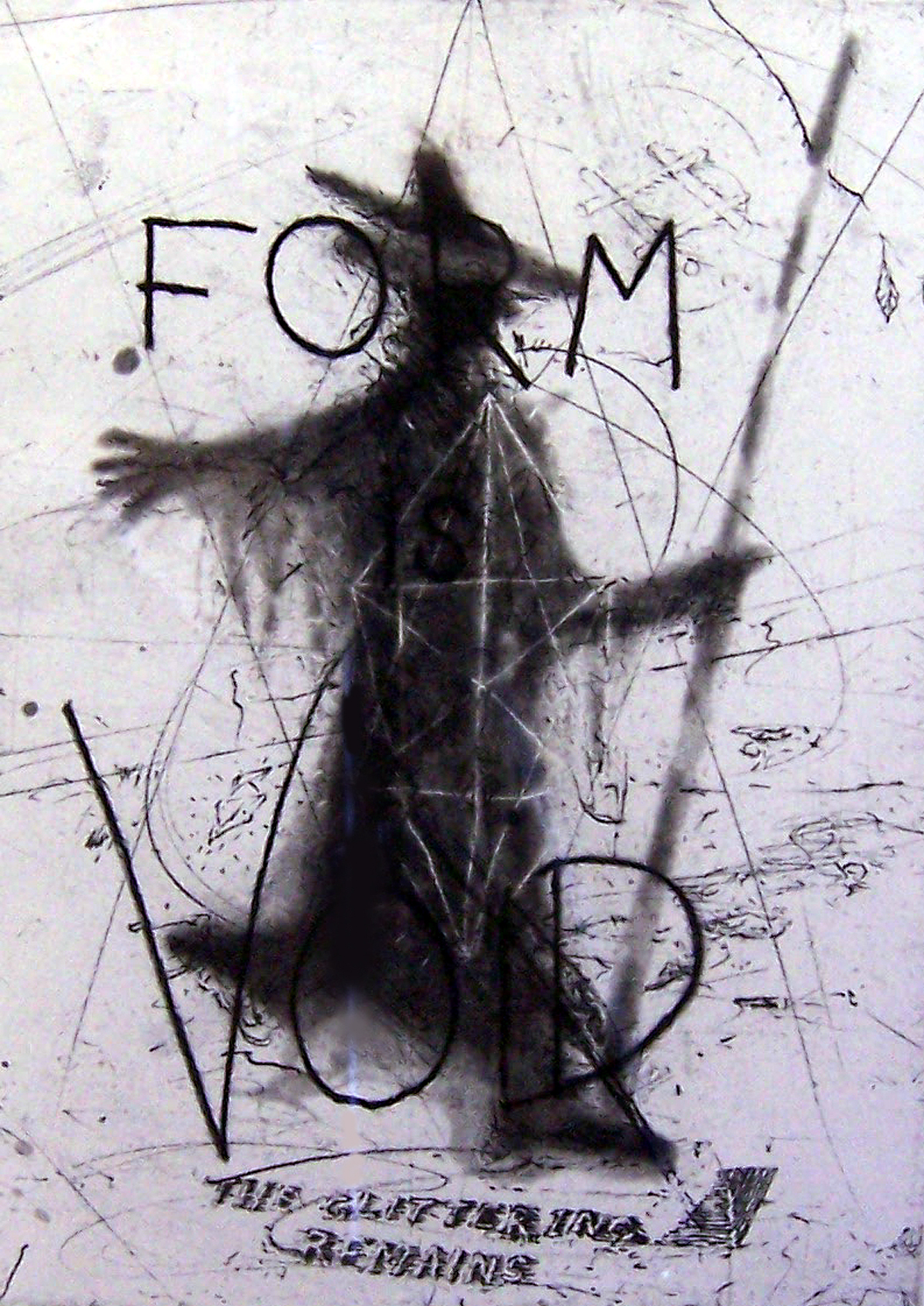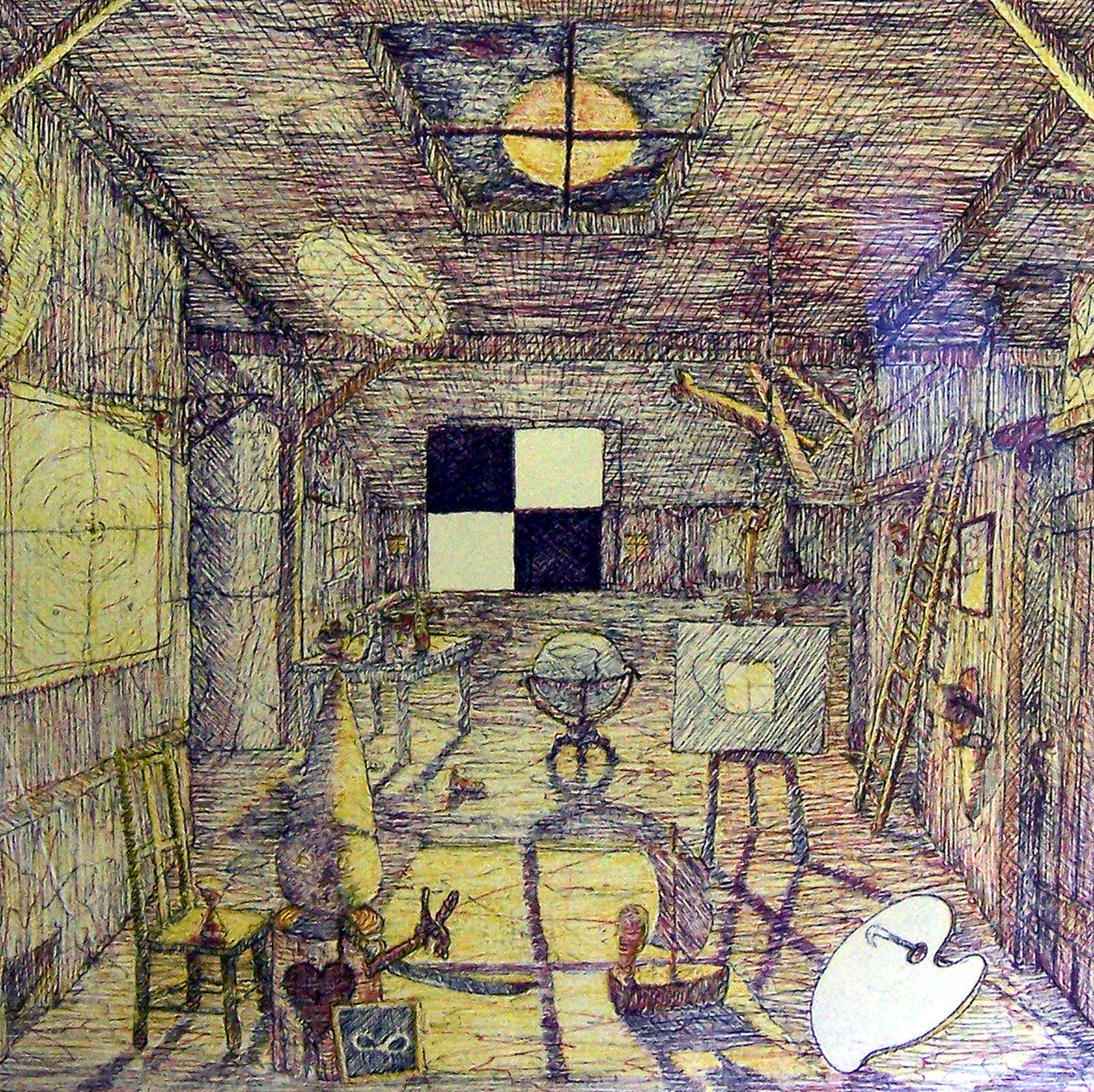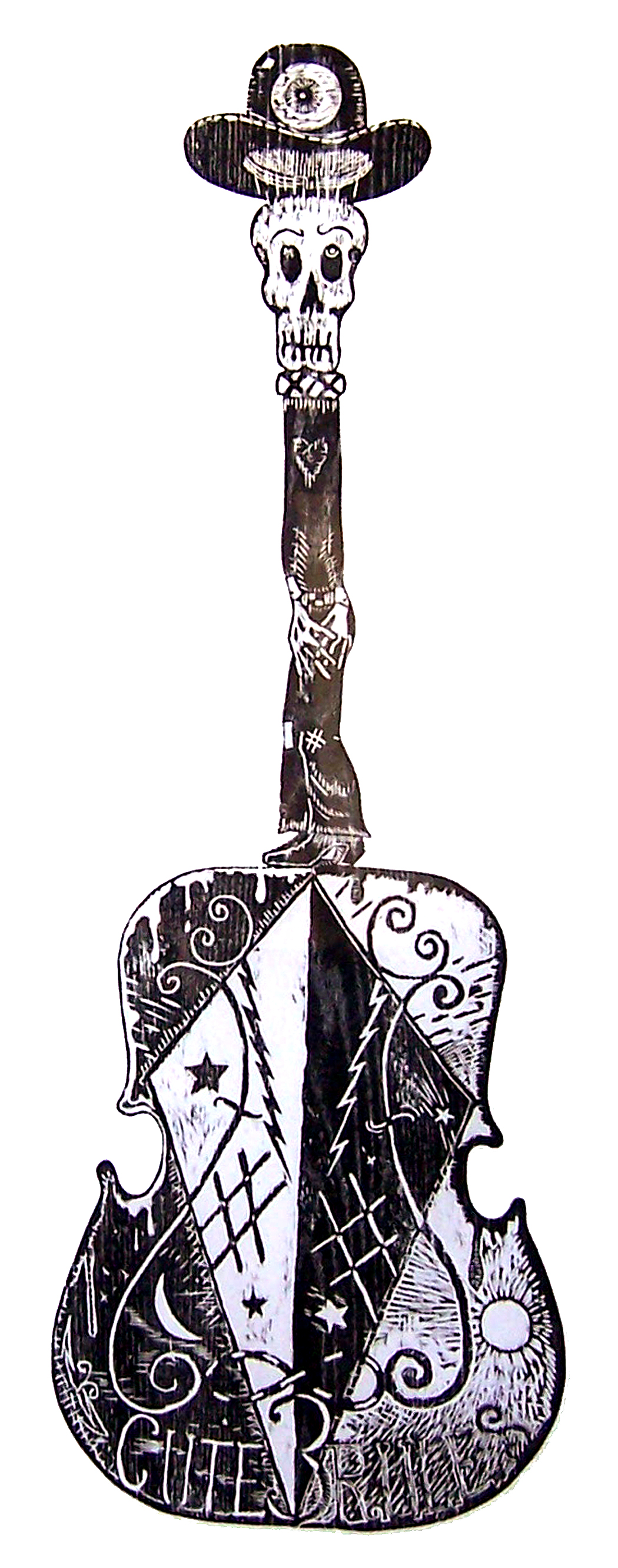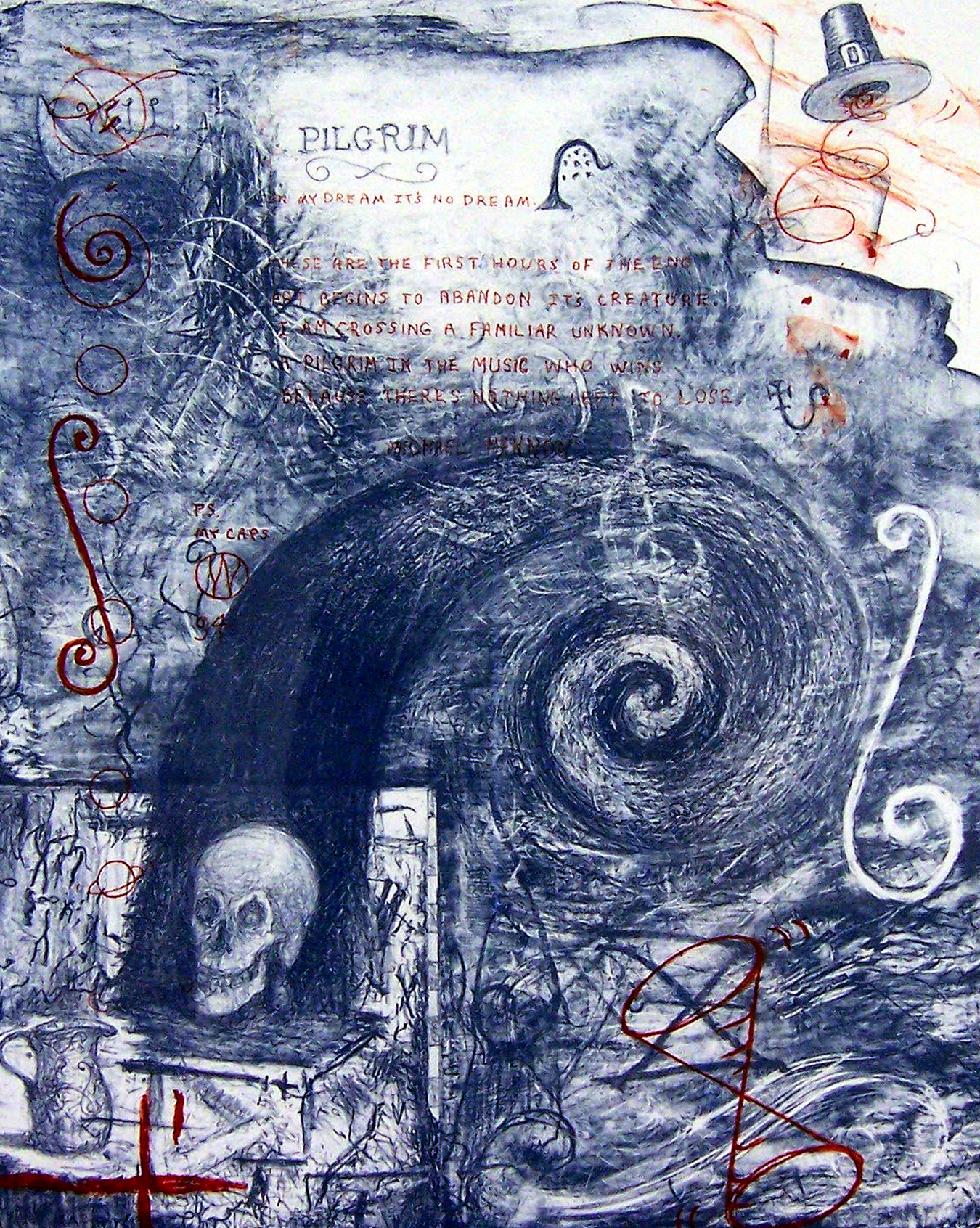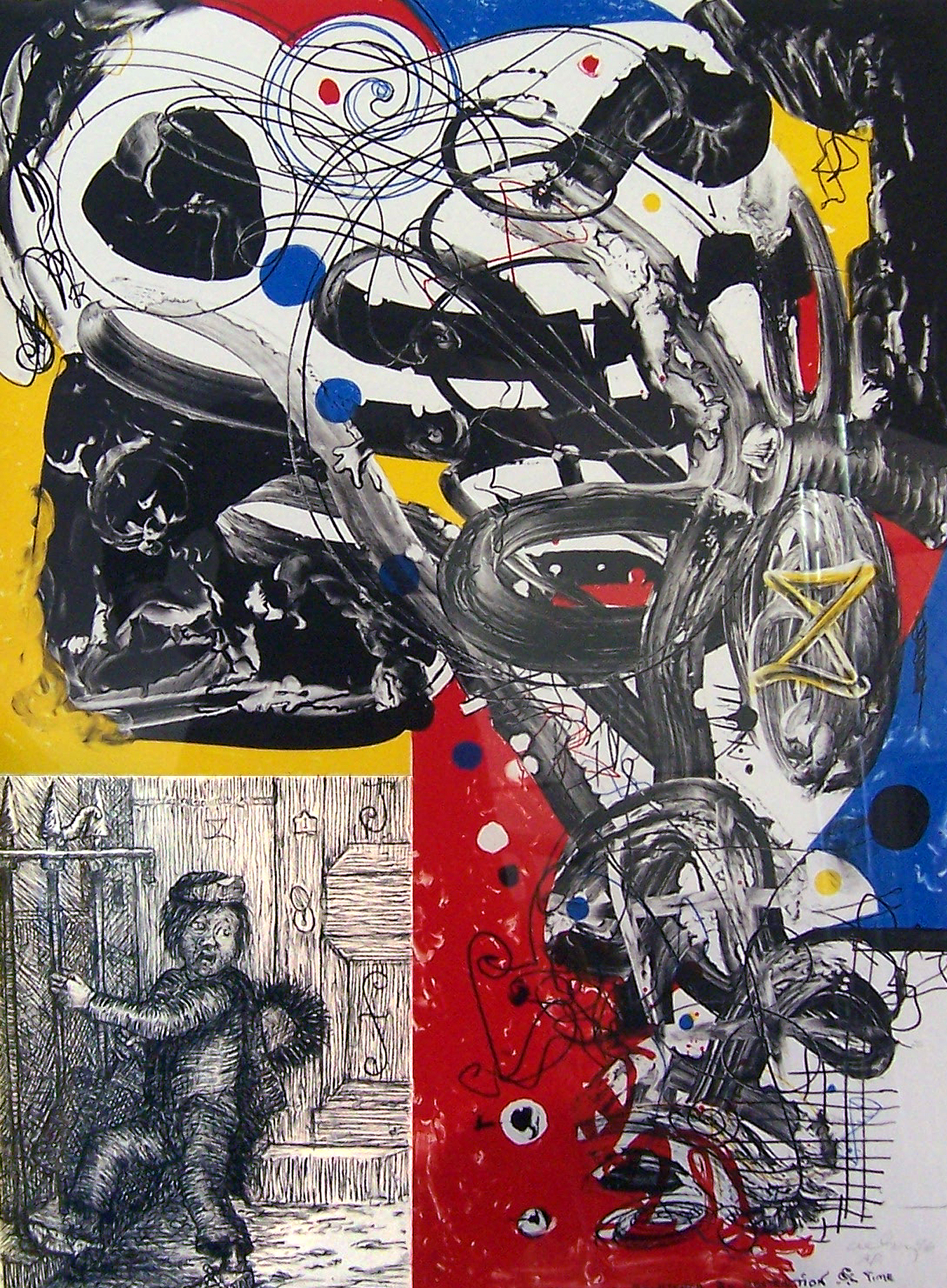William T. Wiley
In addition to being a prolific painter and sculptor, Wiley generated a body of prints, including lithography, relief printing, intaglio, silk-screen, woodcut, and etching. Wiley prints in the Belger Collection were executed at such well-known print studios as Landfall Press, Crown Point Press, The Lawrence Lithography Workshop, Teaberry Press, Shark's, Cirrus Editions, Tamarind Print Workshop, and the Experimental Bookshop. These works adroitly highlight differences in collaborative styles between an artist and a master printer in a given studio. Examples of this can be found in the creative abandon Wiley experiences at the Landfall Press, operated by Jack Lemon (then in Chicago), or in the formal restraint characterized in his work at Cirrus Editions.
Wiley engaged in multiple conceptual themes. Images of maps and travel bespeak efforts of finding direction during processes of personal or social transformation. Wiley's frequent depictions of human figures on stage and in other public contexts may be read as cultural critiques, giving life to our public egos and attachments to intellectual or social status, and baring Wiley's intolerance for fools and pretension. Wiley's love of language - especially manipulating it - manifests itself throughout his works. Forming new combinations and puns through wordplay and verbal mischief, Wiley allows us to see that how something is said may change the character and meaning of a thought, that what we think we believe may be very easily reconstructed.
William T. Wiley was born in 1937, brought up in Bedford, IN, and moved west to attend the San Francisco Art Institute, where he earned both the B.F.A. and M.F.A. He was a highly influential art professor at the University of California at Davis from 1962 to 1973. After leaving teaching, Wiley maintained an active studio in Marin County and died in April of 2021. His work is represented in many public and private collections, among them the Museum of Modern Art, New York; the Los Angeles County Museum of Art; the Whitney Museum of American Art, New York; and the San Francisco Museum of Modern Art.

